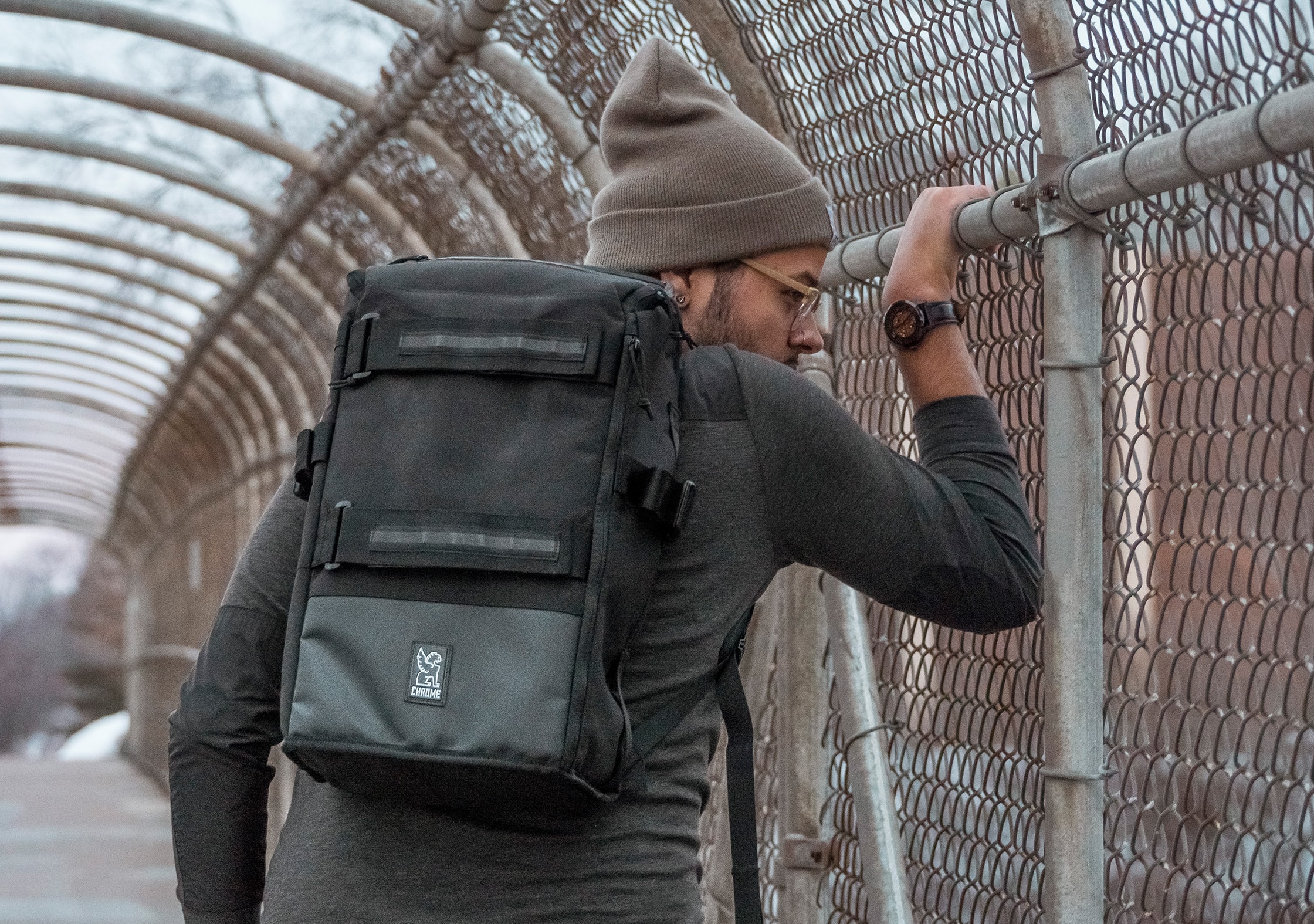

However, the adjustments depend on the Exposure Value shown by your camera’s metering system. With higher f-stop numbers, you can achieve a deep depth of field where the maximum area in the photo is in reasonably sharp focus. It also creates a blurred background which is also known as “bokeh.” In other words, It’s the area between the nearest and the farthest point in an image that’s acceptably in focus.Ī shallow depth of field is when the aperture is wide open, resulting in a bright photo with the in-focus area being too small. How F-stop Affects Depth of Fieldĭepth of field is the range of distance that is in sharp focus in a photo. I’ll explain more about it in the upcoming section.Ĭhanging f-stop not only affects the exposure and sharpness but also directly affects the depth of field. However, lower f numbers tend to soften the details, while higher f-stop results in sharper details in photos.Īperture is one of the three settings (also called Exposure Triangle) that overall control the exposure in digital cameras. On the other hand, decreasing the f-stop would add more light to the image. Letting in less light or increasing the f-stop value reduces your photo’s exposure.

The aperture can be thought of as the pupil of the lens, which controls the amount of light that goes through the lens and hits the sensor. In other words, the aperture is the physical opening in the lens barrel, whereas the f-stop is a number to determine its size.Īs we discussed above, when you change the f-stop on your camera, you essentially increase or decrease the size of the aperture in your lens. However, the f-stop is the measure of that opening. The aperture is the hole through which light travels into the camera and reaches the sensor.

However, there’s a slight difference in how we use both these terms. Yes, aperture and f-stop refer to the same thing. Related: When to use aperture priority in photography.Let’s take a look at it in the section below. Here’s an easy way to remember it: the higher the f-number, the less light enters the lens, and the lower the f-number, the more light enters the lens.Īnother question that often confuses beginners is whether we refer to the same thing with the terms “aperture” and “f-stop”. If you increase the f-stop, you cut the light entering through the lens by half and double it when you decrease the f-number.
#F stop on camera full
The difference between each value denotes one full stop of light.
#F stop on camera series
The amount of light that enters the camera affects the exposure and depth of field in the photo.į-stop is represented in a series of numbers which increments in the stops of light, such as f/1.4, f/2, f/4, f/5.6, f/8, f/11, f/16, and so on. Then, when you fully press the shutter button, light hits the photosensitive material, i.e., a sensor, and your camera captures and processes it into a photograph. In the above step, how much light enters the lens barrel is decided by the f-stop value chosen, as it’s the metric that denotes the diameter of the opening in the lens. To explain it better, I’ll take you through how a camera captures an image.įirst, light passes through the lens barrel and hits the mirror or sensor (depending on the camera DSLR or Mirrorless) to facilitate a preview of the scene in the live-view window or the LCD screen. F-stop can be defined as the mathematical measure of the size of the opening in a lens.


 0 kommentar(er)
0 kommentar(er)
